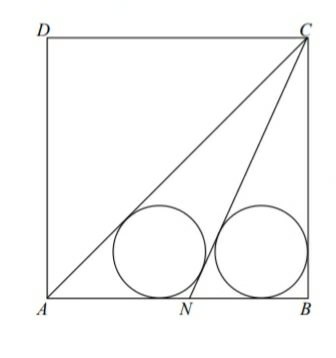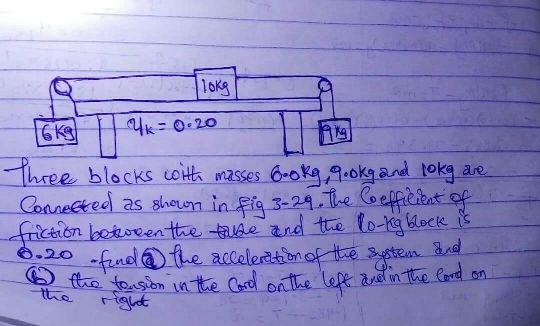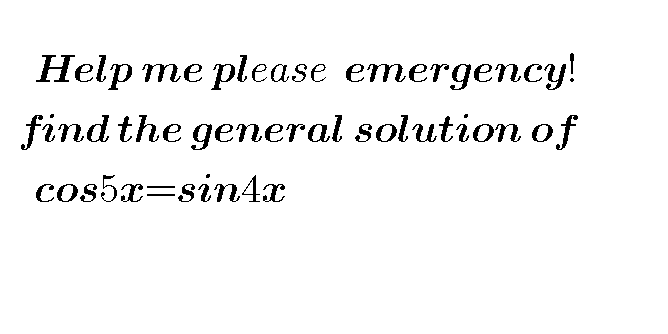
AllQuestion and Answers: Page 1319
Question Number 82560 Answers: 1 Comments: 0
Question Number 82546 Answers: 1 Comments: 1
Question Number 82541 Answers: 0 Comments: 2
Question Number 82540 Answers: 1 Comments: 0
Question Number 82531 Answers: 1 Comments: 1

Question Number 82528 Answers: 0 Comments: 1

Question Number 82521 Answers: 0 Comments: 7
Question Number 82520 Answers: 1 Comments: 1

Question Number 82519 Answers: 1 Comments: 1

Question Number 82517 Answers: 0 Comments: 3
Question Number 82514 Answers: 0 Comments: 1
Question Number 82510 Answers: 1 Comments: 1
Question Number 82499 Answers: 1 Comments: 3

Question Number 82498 Answers: 0 Comments: 0

Question Number 82497 Answers: 0 Comments: 0

Question Number 82494 Answers: 0 Comments: 4
Question Number 82489 Answers: 1 Comments: 0
Question Number 82485 Answers: 2 Comments: 4

Question Number 82476 Answers: 1 Comments: 0
Question Number 82474 Answers: 0 Comments: 2
Question Number 82659 Answers: 1 Comments: 3

Question Number 82456 Answers: 0 Comments: 6

Question Number 82452 Answers: 0 Comments: 1
Question Number 82450 Answers: 1 Comments: 1
Question Number 82448 Answers: 0 Comments: 2
Question Number 82447 Answers: 1 Comments: 0
Pg 1314 Pg 1315 Pg 1316 Pg 1317 Pg 1318 Pg 1319 Pg 1320 Pg 1321 Pg 1322 Pg 1323
